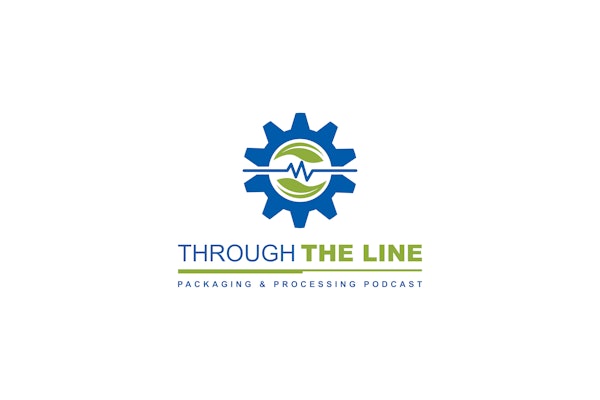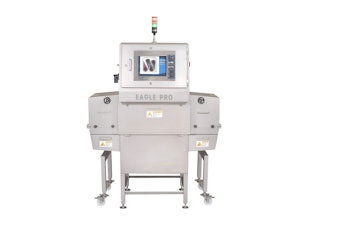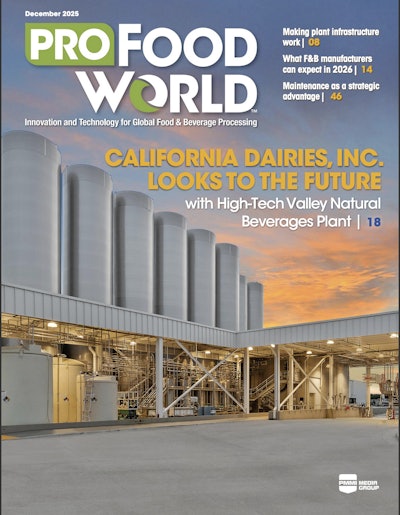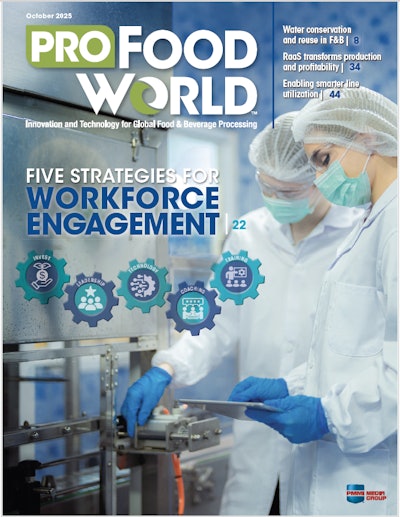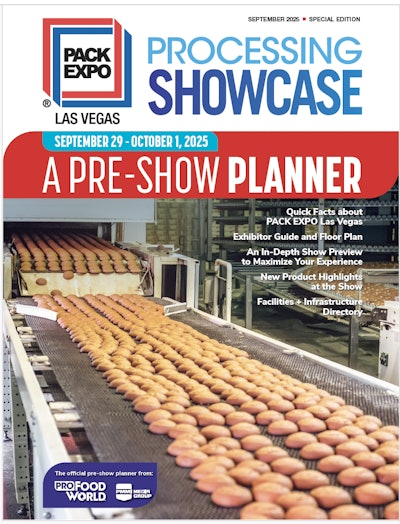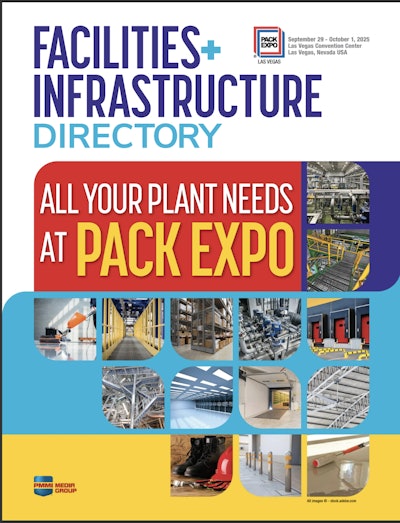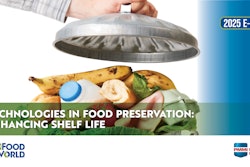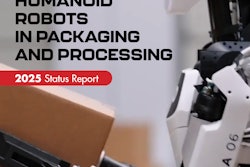The Hazard Analysis and Critical Control Points concept has spread in recent years into more and more food processing realms, and new legislation might soon require it for essentially all foods. But that’s food. What about makers of food packaging? They have one foot in each world, since packaging is sometimes thought of like any other food ingredient, and sometimes not. What should be their stance on HACCP?
For many companies, the answer is easy: If the customer insists that I run my plant via a well-designed HACCP plan, then I do. Others might put HACCP in place voluntarily as a selling point, similar to getting ISO certification and the like.
But in recent years, as food safety has bubbled to the top of FDA’s list of concerns, and more food makers have been pressuring their packaging makers to provide assurances, it’s become clear that packaging makers need help in development of HACCP plans.
Enter the Food Safety Alliance for Pack-aging, a division of the Institute of Packaging Professionals. [The author is IoPP’s General Counsel - Ed.] Wynn Wiksell, General Mills’ manager of packaging QRO, was a key driver, chairing the group and helping grow it. This recently formed group has issued model HACCP plans for a variety of packaging operations to help packaging makers create acceptable plans. FSAP was formed by consumer packaged goods companies, then added food safety associations in the U.S. and Canada and packaging trade groups and packaging suppliers themselves.
HACCP gives an operation a systematic way to impose controls against the most serious potential hazards. It calls for the company to analyze its processes to identify those most serious hazards and designate them critical control points, then create parameters to assure the hazard is averted, and document that the parameters are adhered to each time the process is undertaken. Regular reviews and improvements to the plan are part of the program, as well. It’s required for fruit and vegetable juices, seafood, and USDA-regulated meat and poultry. Low- and high-acid canned foods are regulated under a system that is conceptually similar to HACCP.
The basic design of all six of FSAP’s model HACCP plans is essentially the same. All include: assembling a multidisciplinary HACCP team; writing product descriptions; identifying target audiences; creating and verifying process flow diagrams; identifying hazards; performing hazard analyses; determining whether CCPs exist for the processes; using of CCP decision trees; if applicable, establishing CCPs, monitoring procedures for CCPs, corrective action for deviations; and verifying the HACCP plan.
FSAP’s models note that the most common area for packaging industry CCP’s is “allergen issues due to mixed labels or materials.” The models suggest programs to mitigate potential problems, such as: verifying label design/segregating varying label designs; keeping printing plates and other print media separate from other production orders; clearing the production line of materials, labels, and containers prior to beginning another production run; segregation of materials; and segregation of pallets and packing labels.
Melissa Calicchia, M.S., of Food Safety Solutions, Inc., a California-based technical consulting firm and independent laboratory, frequently works with food companies and others to develop, validate and improve their HACCP programs. She is generally complimentary of the FSAP models for food packaging makers, noting that they are especially strong in addressing potential allergen issues. “The models are meaningful and would be very important for packaging manufacturers all over the country to refer to, to understand their risks, and control them,” she says.
Graham Packaging’s manager of global sustainability and regulatory compliance, Suzanne Matuszewski, was an early FSAP organizer and proponent of developing these plans. To her way of thinking, packaging suppliers are part of the food industry, and applying HACCP to packaging operations borrows a proven method of control from the food industry. “Packaging suppliers need to work with their food customers to make sure every link in the food supply chain is solid,” she says. She advises packaging makers who create HACCP plans to “Strive for continuous improvement once you do.” Her own company, which has followed HACCP in its own operations for some time, plans to revisit its plan with particular attention to the advice in the FSAP model plans.
Eric can be reached at [email protected],
and visit his firm’s Web site at www.ericfgreenbergpc.com.



